This article originally appeared in the May issue of The Stockman. You can view the full issue here!
Demand remains strong for quality hay, and as cattlemen we don’t want to find ourselves purchasing in an expensive hay market this fall. Any business leader will tell you that to remain competitive, you need to reduce risk and hedge volatility. If your business is to market beef, reduce your risk through your biggest expense, feed.
As we roll into late spring, we start to shift our planting options when making hay. To make the right planting decision for your operation, we recommend focusing on one of four warm-season annual forages for making dry hay.
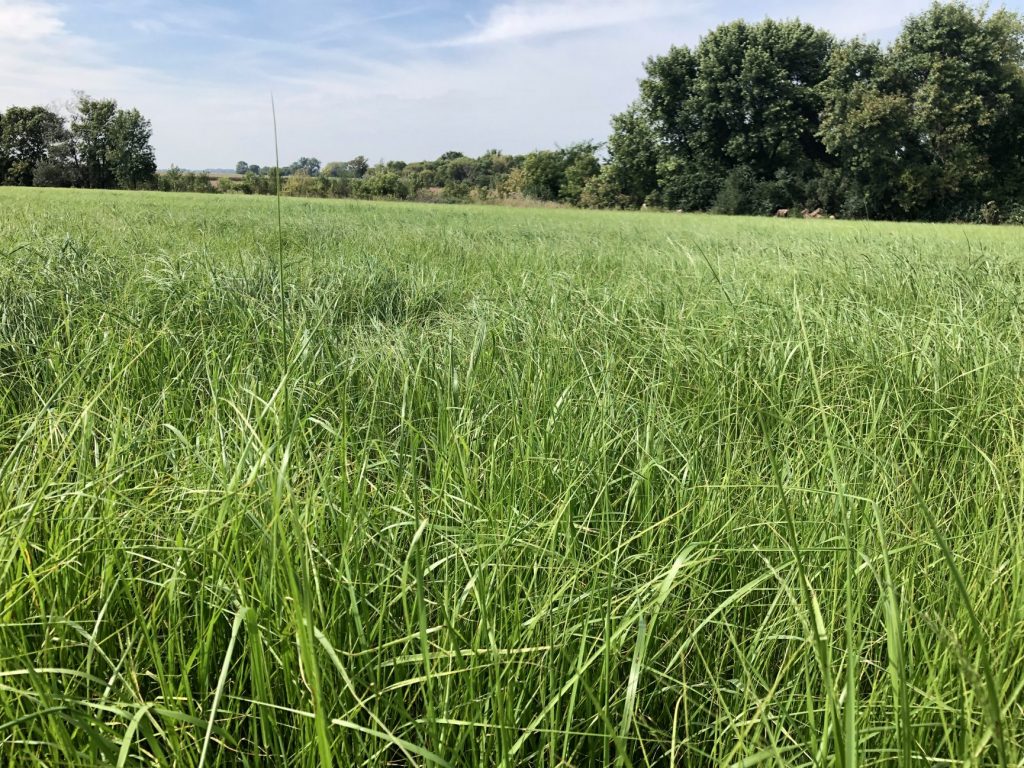
Teff Grass
- Yield: Good
- Quality: Excellent
- Management: Difficult
Teff Grass may be the most talked-about and exciting warm-season grass of the last decade. Compare this to the hot club calf sire that’ll top semen sales this year. Teff is an eye-appealing, fine-featured, nutrient-dense grass that has no rival. With protein and TDN numbers through the roof, this grass in a bale could sustain your entire herd with just salt and mineral. Ideally, we’d like a larger seed size with teff. It is an extremely fine seed that needs to be planted shallow and seedling vigor is poor. It’s a delicate starter but re-grows extremely well. Three cuttings have been achieved but two cuttings are average; yielding around 1 ½ ton per acre in each cutting.
German Millet
- Yield: Good
- Quality: Good
- Management: Easy
German Millet is like your 5-year-old herd bull that was lot 70 on the sale you purchased him. It’s a hardy plant that consistently works at an affordable price. German Millet grows in a wide array of environments and performs under a wide range of farming practices. Robust in its growth, it will make a hefty windrow of leafy hay after 60 days. Its quality test will be average, but its palatability is fantastic. It has a great range of planting, from May until early August, where it can be a useful source of forage.
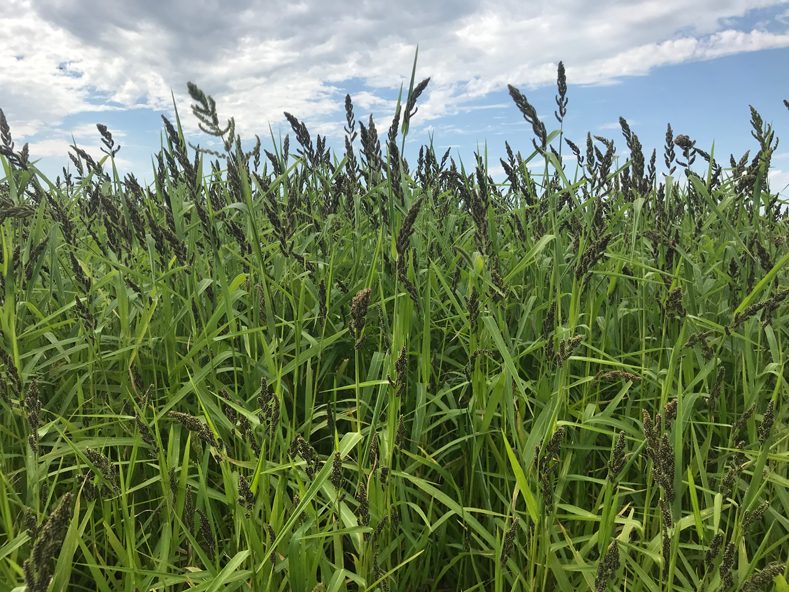
Japanese Millet
- Yield: Great
- Quality: Good
- Management: Moderate
Think of Japanese Millet as a full sibling to German Millet that is very similar, but with a few unique features. Those features are very key, so we need to talk about them. First, Japanese Millet will regrow after the first cutting. It grows back from the root and makes for high quality, valuable second cutting. Early in the millet planting season, Japanese can make for an upgrade to German if there is an opportunity for harvest or grazing of re-growth. Second, Japanese Millet thrives in all types of soil, but especially wet ground. In fact, it can thrive in shallow standing water. Beyond its value as a forage, it has a usefulness as a wetland food plot for waterfowl. This attribute was apparent and appreciated in the summer of 2019. The downside to Japanese Millet is that it has a courser stem that can take a little longer to dry down and feed a little rougher.
Piper Sudangrass
- Yield: Great
- Quality: Good
- Management: Moderate
Now, if you really want to push the curve, there are some options that we haven’t even discussed. You’re going to want to call a forage specialist for that. Stouter made grasses like Sorghum and Sorghum/Sudan crosses can make a fine choice for ensiled products but can be a challenge for putting up dry hay. Piper Sudangrass is one of the few members of this family that is fine stemmed enough to try for bales of hay. It loves warm weather and does well in dry conditions, check this forage out if you want to try something different and have a good way to grind or shred bales when feeding.
It may feel more like bull and semen buying season, but don’t forget about the other genetic purchases you will make this season, seed. Just like cattle, the outcome of these forage options is a combination of genetics and the environment. However, all seed is not created equal. When you are ready to have a conversation about these options or other possibilities, make sure to call a forage specialist for the best firsthand information.
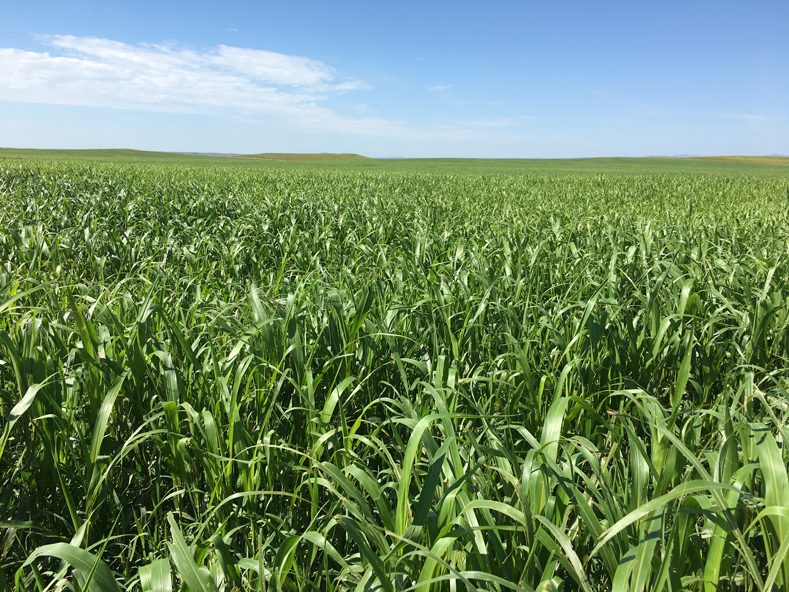
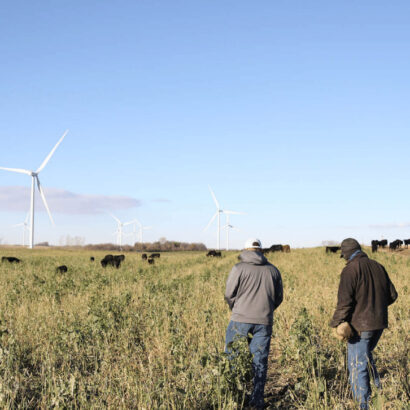
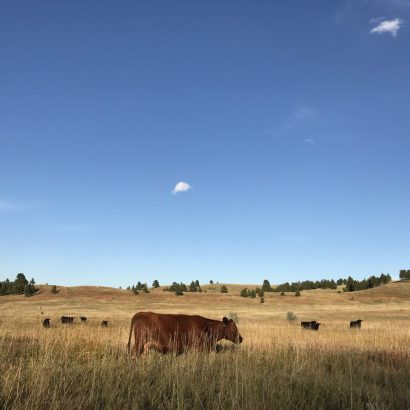
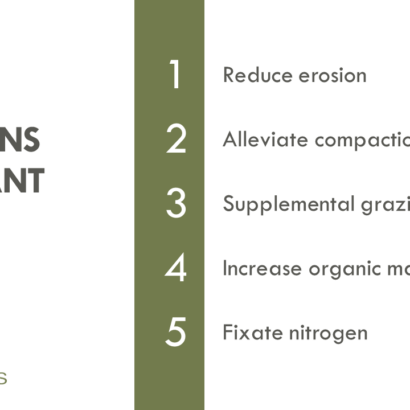
Looking for alfalfa seed to mix into my current pasture grass… if that’s even possible
Area is Laurel Montana (clapper flat area)
Hi Maria – thanks for reaching out! We will connect you with our alfalfa seed specialist.
Is this possible in subtropical climate (Canary islands)? And all year round?
Teff grass, sorghum hybrids and sudangrass will do well in a subtropical climate. They prefer as much heat as possible and will re-grow with more rainfall.